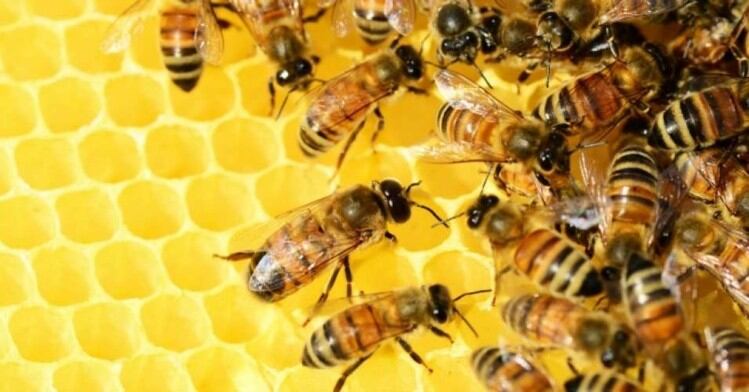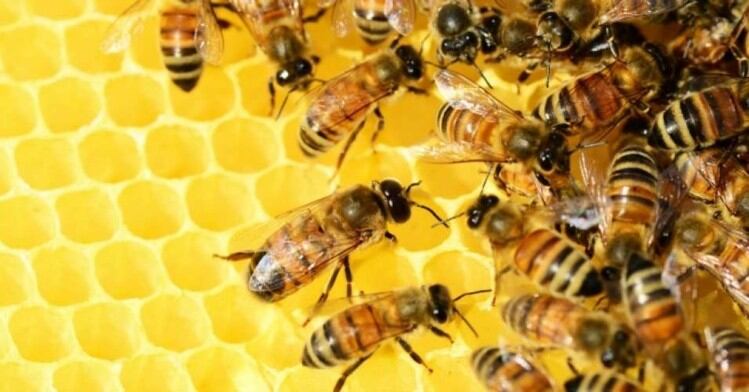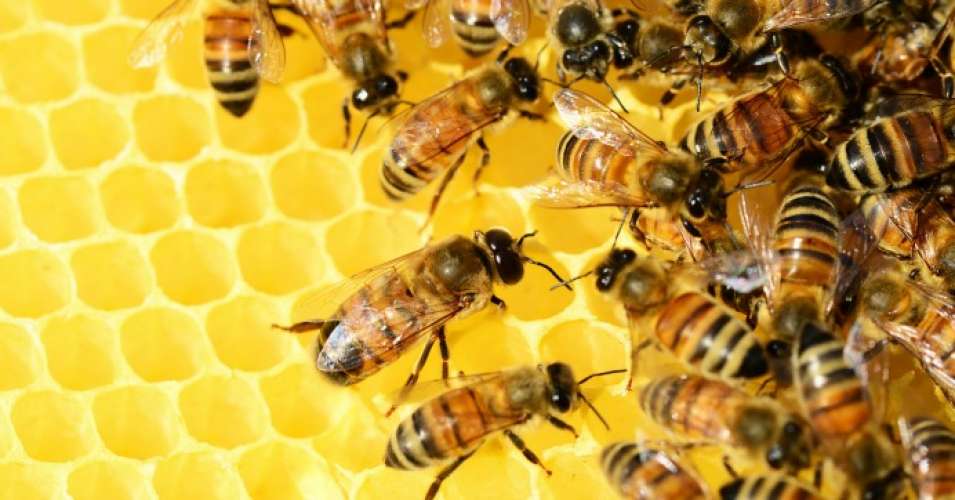According to the study, honey is the world’s third most adulterated food. The most common methods of honey adulteration are to add cane sugar or corn syrup into it, or mislabel the honey’s country/location of origin.
The study aimed to tackle the latter issue, and encompassed 100 honey samples from 19 countries across Oceania, Asia, Europe, North America and Africa. Amongst these, New Zealand Manuka honey was mentioned as being particularly commonly subjected to adulteration.
“Manuka honey is New Zealand’s most iconic honey and commands a premium price due to its claimed health-related benefits,” said the authors.
“The annual production of Manuka honey in New Zealand is only 1,700 tons. However, it is estimated that as much as 10,000 tons of New Zealand Manuka honey is sold globally each year.”
Using these 100 samples, the researchers determined that using principal component analysis (PCA) and canonical discriminant analysis (CDA) along with a ‘C5.0’ classification model can distinguish distinct clusters based on honey carbon isotope types and trace element concentrations.
“[In particular,] the trace elements strontium, phosphorus, manganese and potassium can be used to differentiate honey according to its geographic origin,” said the study.
The carbon isotope clustering can also aid in detecting fraudulence. At present, the most common method used to determine the authenticity of honey is the C4 test, which determines whether honey has been adulterated with C4 sugars (the carbon isotope found in sugars like cane sugar and corn syrup, versus the C3 isotope in pure honey).
Adulteration of honey ‘common’ globally
The researchers found particularly high rates of honey adulteration in samples originating from Asia. Over half (52%) of all tested honey samples were adulterated. This was followed by Europe at 28.6% and Australia at 18.4%.
“The common fraudulent practice of adulterating commercial honey is confirmed by this study of global honeys,” said the researchers.
“[This] study shows that a [this method of analysis] can be used to expose the common fraudulent practice of adding C-4 sugars along with the mislabelling of a honey’s geographic origin.”
Direct vs indirect adulteration
That said, the authors acknowledged that limitations still exist with this method.
“[The] methods used here cannot detect adulteration […] using C-3 sugars, such as those from sugar beet,” they wrote.
“[Other] adulterants in honey are [also] difficult to detect due to the development of new and more sophisticated practices and lack of officially accepted analytical techniques.”
In a separate study from the Czech Republic, researchers reviewing honey adulteration and detection methods wrote that there are two means of honey adulteration – direct and indirect.
Direct honey adulteration is the addition of foreign substances (such as cane sugar and syrup) as discussed above, and is much more easily detected than indirect methods.
“Indirect adulteration of honey is accomplished by feeding honeybees with industrial
sugars at the stage when broods become naturally available,” the study stated.
“Such indirect adulteration is extremely difficult to detect [even with carbon isotope testing].”
Further research is needed to determine whether this type of adulteration can be solved using the new method of analysis stated above.
Source: Scientific Reports
Research:




